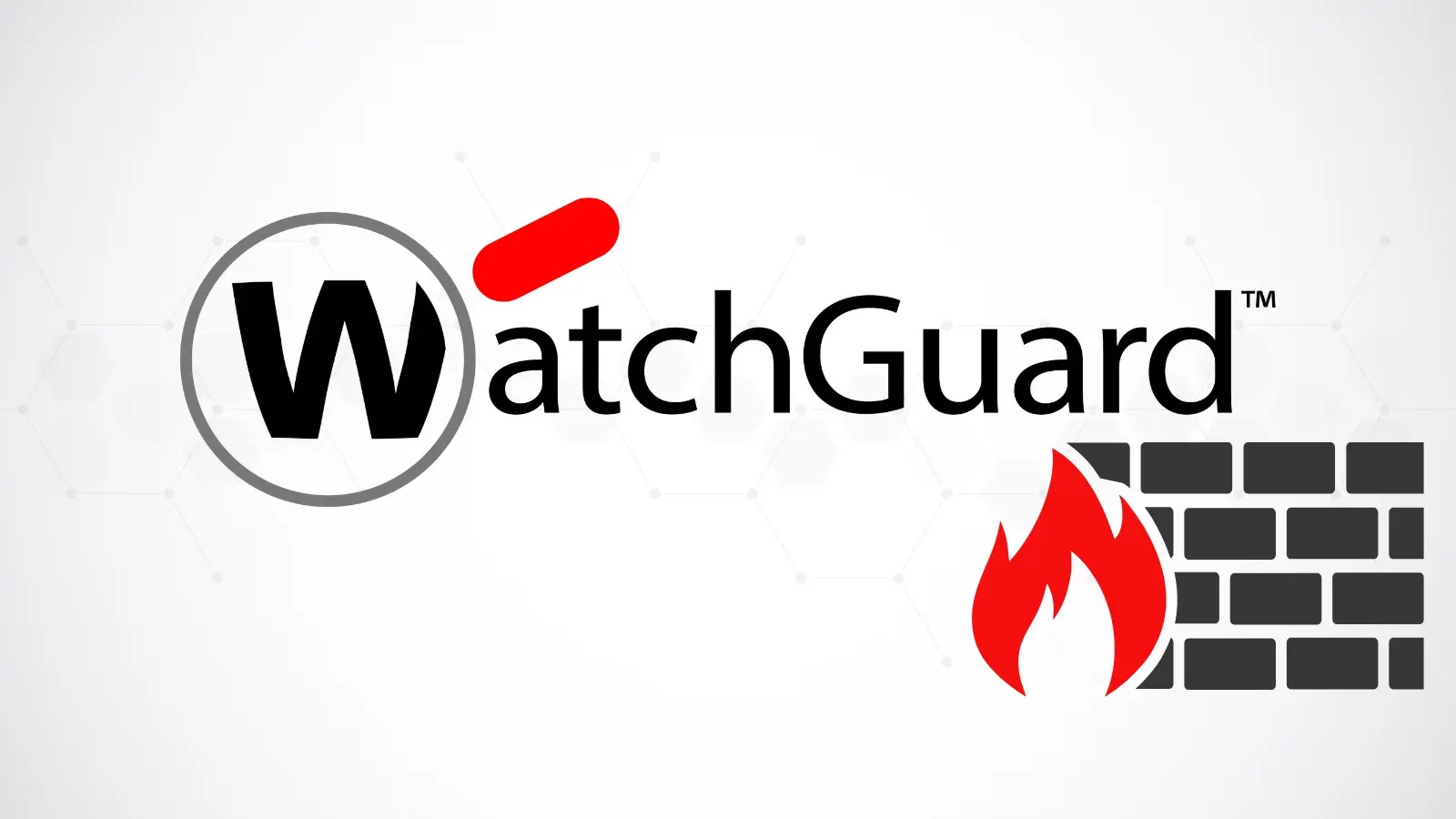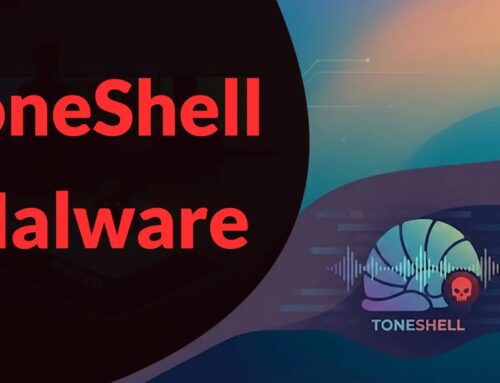
Critical WatchGuard Vulnerability Allows Unauthenticated Attacker to Execute Arbitrary Code
Urgent Alert: Critical WatchGuard Vulnerability Exposes Firebox Devices to Remote Code Execution
A severe security vulnerability has surfaced within WatchGuard’s Firebox firewalls, posing a significant risk to organizations relying on these network security appliances. This critical flaw, identified as CVE-2025-9242, allows an unauthenticated attacker to execute arbitrary code remotely on affected devices. Given its potential for widespread compromise, immediate action is paramount for all WatchGuard Firebox users.
The vulnerability’s severity rating is a stark reminder of the potential impact: a CVSS score of 9.3 out of 10. This high score indicates that exploitation is likely to be straightforward and could lead to complete system control without requiring any prior authentication. WatchGuard has officially acknowledged the issue through its advisory, WGSA-2025-00015, urging customers to take corrective measures promptly.
Understanding CVE-2025-9242: The Unauthenticated RCE Threat
The core concern with CVE-2025-9242 lies in its ability to facilitate Remote Code Execution (RCE) by an unauthenticated attacker. This means that a malicious actor could exploit the vulnerability from anywhere on the internet, without needing valid credentials or any prior access to the network. Once exploited, the attacker gains the ability to run their own code on the Firebox device, leading to a myriad of potential abuses:
- Network Breach: The firewall, typically the first line of defense, becomes an entry point into the internal network.
- Data Exfiltration: Attackers could gain access to sensitive data flowing through or stored within the network.
- System Takeover: Complete control over the Firebox device, allowing manipulation of network traffic, disabling security controls, or establishing persistent backdoors.
- Ransomware or Malware Deployment: The compromised firewall could be used as a staging ground for launching further attacks within the organization.
The “unauthenticated” aspect is particularly concerning because it drastically lowers the bar for exploitation, making these devices highly attractive targets for cybercriminals and state-sponsored attackers alike.
WatchGuard’s Official Advisory: WGSA-2025-00015
WatchGuard’s immediate disclosure through WGSA-2025-00015 (note: hypothetical link, replace with actual if available) demonstrates their commitment to transparency and informing customers. While specific technical details of the flaw are often withheld to prevent further exploitation before patches are widely adopted, the advisory serves as the authoritative source for affected product versions and recommended mitigation strategies. Organizations should consult this advisory directly for the most up-to-date and accurate information regarding their specific WatchGuard Firebox models.
Remediation Actions: Protecting Your Network
Given the critical nature of CVE-2025-9242, immediate and decisive action is crucial. Organizations must prioritize the following steps to mitigate the risk:
- Apply Patches Immediately: Monitor WatchGuard’s official channels and administrative interfaces for available patches and firmware updates. Apply these updates as soon as they are released and thoroughly tested in a non-production environment. This is the most effective and direct mitigation.
- Restrict Administrative Access: Ensure that the administrative interface of your WatchGuard Firebox is not exposed to the public internet. Access should be limited to trusted internal networks or via secure VPN connections.
- Implement Network Segmentation: Segment your network to limit the blast radius if a compromise were to occur. This reduces an attacker’s ability to move laterally from a compromised Firebox to other critical systems.
- Review Logs and Monitor for Anomalies: Proactively review Firebox logs for any unusual activity, failed login attempts from external sources, or unexpected traffic patterns. Implement robust security information and event management (SIEM) solutions to centralize and analyze these logs.
- Backup Configurations: Regularly back up your Firebox configurations to allow for rapid restoration in case of compromise or failure during patching.
- Disable Unnecessary Services: Reduce the attack surface by disabling any services or features on the Firebox that are not essential for your network operations.
Tools for Detection and Mitigation
While WatchGuard’s official patches are the primary defense, various tools can aid in detecting potential compromise or strengthening overall security posture:
| Tool Name | Purpose | Link |
|---|---|---|
| WatchGuard System Manager (WSM) | Centralized management, monitoring, and logging for WatchGuard devices. | WatchGuard WSM |
| Nessus (Tenable.io) | Vulnerability scanning for identifying known and unknown vulnerabilities, including potential RCE flaws. | Nessus |
| OpenVAS | Open-source vulnerability scanner for comprehensive network and system scans. | OpenVAS |
| Firewall Log Analyzers (various) | Tools for parsing and analyzing firewall logs to identify suspicious activities or potential breaches. | (Provider Dependent) |
| Network Intrusion Detection/Prevention Systems (NIDS/NIPS) | Monitor network traffic for malicious patterns and block attacks. | (Vendor Dependent, e.g., Snort) |
It’s important to note that while these tools can assist, they are not a substitute for applying official vendor patches for identified vulnerabilities.
Summary and Call to Action
CVE-2025-9242 represents a critical threat to organizations utilizing WatchGuard Firebox firewalls. The ease of exploitation by an unauthenticated attacker, coupled with the potential for remote code execution, necessitates an urgent response. Prioritize applying all available security patches, restrict administrative access, and implement robust monitoring strategies. Staying informed through WatchGuard’s official advisories and acting swiftly will be key to safeguarding your network against this significant vulnerability.





